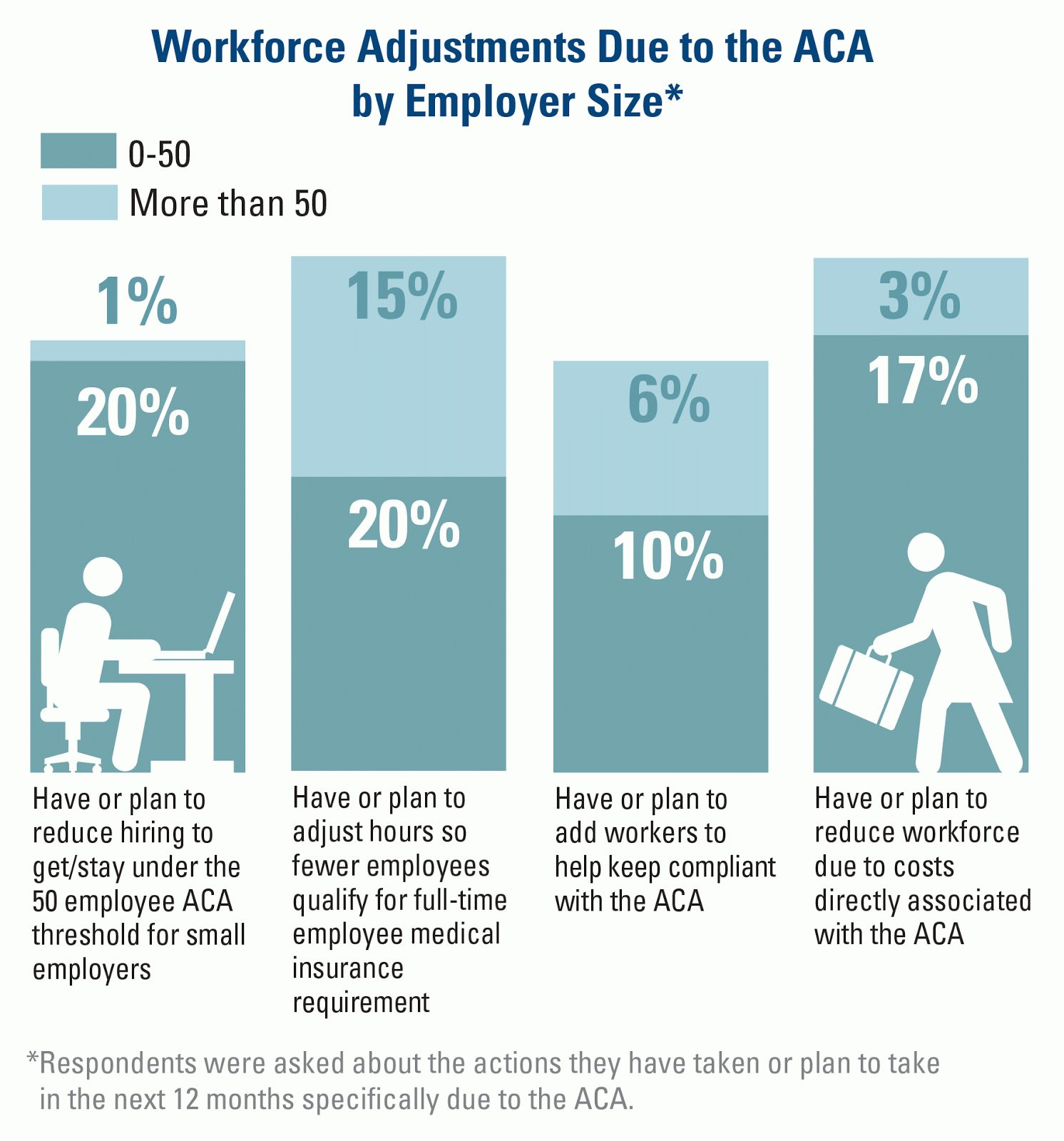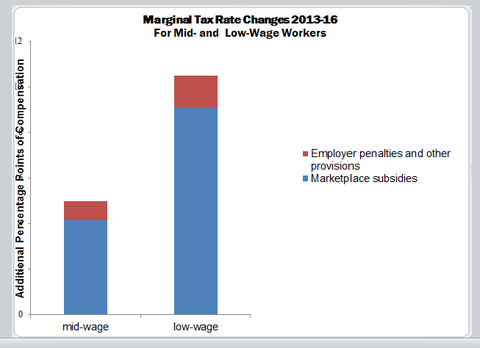Work & Employment Down, Sleep & Socializing Up: Obamacare’s “Slacker Mandate”
 What with Obamacare’s health insurance exchanges unraveling pretty quickly, Americans might be excused for having forgotten one of Obamacare’s first intrusions: The “slacker mandate.” This was the provision that requires employer-based health plans to cover “children” on their parents’ plans until they are 26.
What with Obamacare’s health insurance exchanges unraveling pretty quickly, Americans might be excused for having forgotten one of Obamacare’s first intrusions: The “slacker mandate.” This was the provision that requires employer-based health plans to cover “children” on their parents’ plans until they are 26.
It took effect in 2010. The results are in, according to a new study published by the National Bureau of Economic Research:
If, as suggested by prior work, the provision reduced the amount of time young adults work, the question arises, what have these adults done with the extra time?
The extra time has gone into socializing, and to a lesser extent, into education and job search. Availability of insurance and change in work time appear to have increased young adults’ subjective well-being, enabling them to spend time on activities they view as more meaningful than those they did before insurance became available.
(Gregory Dolman & Dhaval Dave, “It’s About Time: Effects of the Affordable Care Act Coverage Mandate on Time Use,” NBER Working Paper No. 21725, November 2015.)








